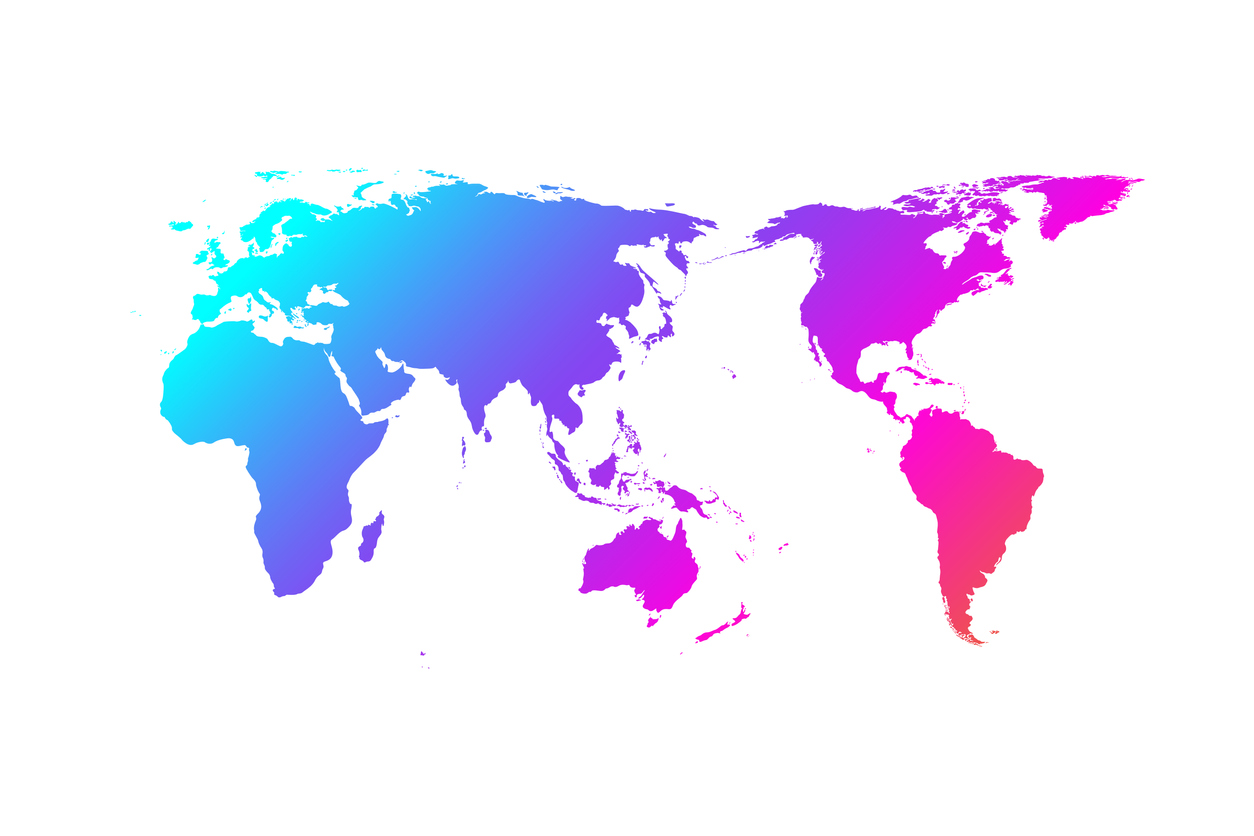2022/10/11
Unstable Situations Expand around the World – Japan Needs to Have the COVID-19 Pandemic Settle Down

(The original article in Japanese was posted on April 15, 2022)
The backlash from sanctions against Russia is becoming apparent around the world. The sharp rise in commodity prices due to high costs of natural resources shakes not only the economy but also society as a whole. In the French presidential election, the far-right Le Pen, who calls for “distance from the EU,” “domestic industry rather than free trade,” and “immigrants are impoverishing the people,” and advocates measures for price stabilization, a matter of interest to all people, is in hot pursuit of the incumbent centrist Macron, making the outcome of the ballotage on April 24 uncertain. As a practical matter, people whose household finances are squeezed are more inward-looking and inclined toward nationalism. Russia’s military aggression is accelerating divisions of not only the international community but also the domestic society.
Pakistan also passed a parliamentary motion of non-confidence against the Prime Minister Khan. The influence of the energy price spike has been severe for resource-poor Pakistan, which gave momentum to the anti-prime ministerial faction. The unemployed Khan has called for resistance against the opposition forces to his supporters, and depending on the future actions of Khan, who has repeatedly criticized the US for its pro-China stance, he could contribute to instability in the region as a whole, involving India, Afghanistan, China and some other countries.
In addition, the stagnation of the Chinese economy is also a cause for concern. The risks associated with the zero-COVID strategy were pointed out in my past post at the beginning of the year, and the risks have become a reality in Shanghai, which has a population of 25 million. Shanghai announced a lockdown from March 28, and it then also announced an extension of the lockdown period on April 5, an originally set final day of lockdown. The sight of a dog-shaped robot running around the city without any people while calling for a stay-at-home order is a near-future dystopia.
The blockade was finally lifted in some areas this week, but it is likely to take some time for the situation to be fully concluded, and normalization of social activities will still be some way off. There are concerns that the situation is protracted.
On April 11, the Bank of Japan released its “Regional Economic Report - Sakura Report,” in which it downgraded its economic assessment of eight of the nine regions in Japan. The factors are complicated and include the sharp depreciation of the yen, rising material prices and supply chain disruptions, and the biggest thing is the COVID-19. The government and medical association warn of the “seventh wave.” However, 85.3% of older people with high rates of severe disease have completed their third dose of vaccination. The currently spreading virus is also different from the original one. How long on earth will this continue? Viruses are of course a risk. However, the root of anxiety and frustration lies in distrust of the measures. There must be knowledge that has been acquired over the past two years at many sacrifices. I would like the government to present a clear “exit” strategy as soon as possible. The current way of fighting against the COVID-19 cannot win through the rapid changes in the situation.
This Week’s Focus, April 15
Takashi Mizukoshi, the President